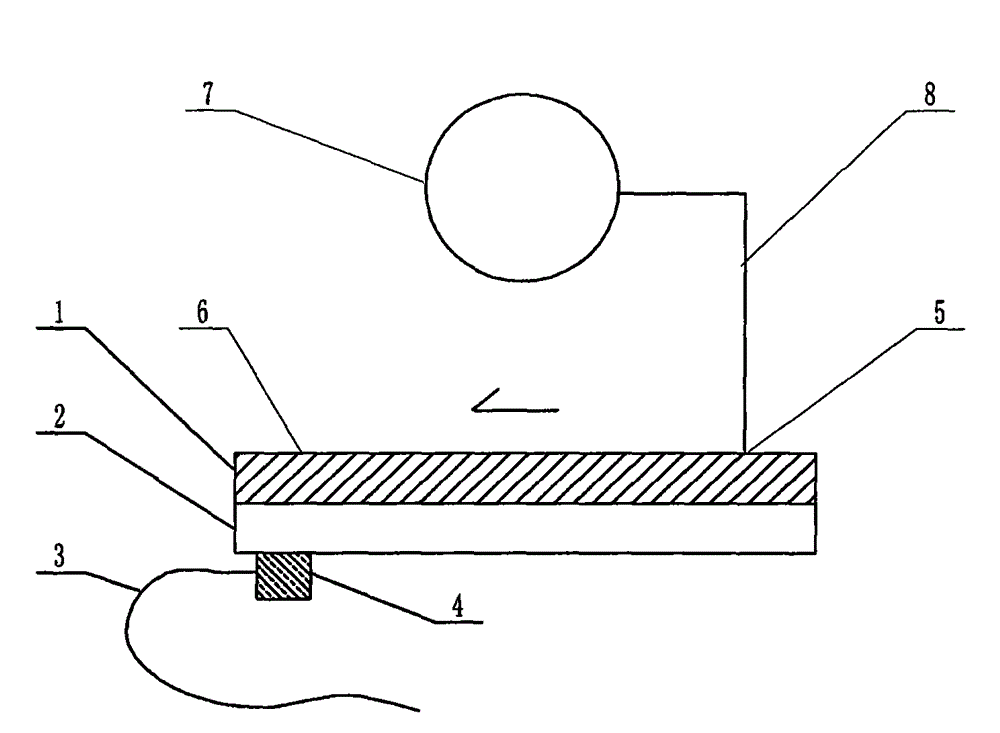Coupling dual-drive microfluidic chip device for simultaneously detecting various subtype swine influenzas
A microfluidic chip and swine flu technology, applied in the field of analysis and testing, can solve the problems of microchannel bubbling substrate and cover sheet, PDMS microchannel inner surface modification operation trouble, large flow resistance, etc.
- Summary
- Abstract
- Description
- Claims
- Application Information
AI Technical Summary
Problems solved by technology
Method used
Image
Examples
Embodiment Construction
[0051] in figure 1 In the embodiment shown in the present case, the structure of the device includes a multi-channel microfluidic chip. The structure of the microfluidic chip includes a substrate 1 and a cover sheet 2 that are attached to each other and mounted together. The substrate 1 Both the cover sheet 2 and the cover sheet 2 are plate-like or sheet-like objects, and the surface of the substrate 1 facing the cover sheet 2 contains a channel structure formed by a molding process or an etching process, and the base sheet is attached to each other and mounted together. The sheet 1 and the cover sheet 2 are jointly constructed to form a microfluidic chip containing a pipe structure. The structure of the pipe is located at the junction area where the substrate 1 and the cover sheet 2 are attached to each other. The sampling end 5 of the microfluidic chip is connected to the terminal 6. The sampling end 5 is the injection end of the sample solution of the microfluidic chip, and ...
PUM
| Property | Measurement | Unit |
|---|---|---|
| diameter | aaaaa | aaaaa |
| length | aaaaa | aaaaa |
| thickness | aaaaa | aaaaa |
Abstract
Description
Claims
Application Information
 Login to View More
Login to View More - R&D Engineer
- R&D Manager
- IP Professional
- Industry Leading Data Capabilities
- Powerful AI technology
- Patent DNA Extraction
Browse by: Latest US Patents, China's latest patents, Technical Efficacy Thesaurus, Application Domain, Technology Topic, Popular Technical Reports.
© 2024 PatSnap. All rights reserved.Legal|Privacy policy|Modern Slavery Act Transparency Statement|Sitemap|About US| Contact US: help@patsnap.com








